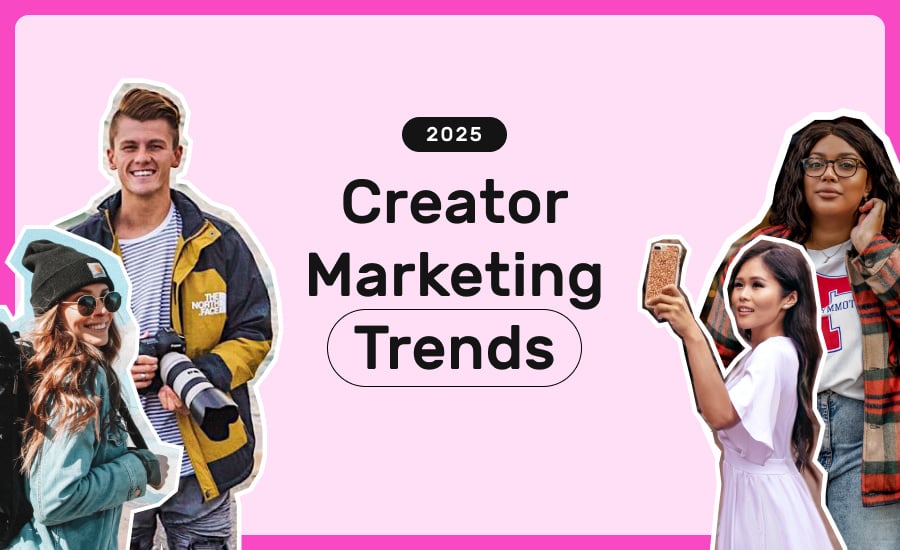Done right, influencer marketing can be an incredibly powerful and valuable tool.
It can be effective for any number of objectives – growing your online community, finding or connecting with customers on social media, or even generating a suite of branded content to use on your own social channels for months to come.
With influencer content now far outperforming brand-created content, enlisting your customers to generate your advertising and market it for you is by far the most effective way to promote your brand or products.
This is due to one simple fact: consumers want to hear from other consumers.
But how do you know if influencer marketing is right for you?
If you’re a brand looking for volumes of content and word-of-mouth marketing at scale, we’d say you’re right on the money. Here are some things to consider before taking the plunge and investing in influencer marketing…
How much do I need for an Influencer Marketing campaign?
Back in the early days, brands would allocate huge marketing budgets for just one celebrity or macro influencer to promote their brand. Today, the rising popularity and success of micro-influencers has made influencer marketing affordable for everyone.
Rates for micro-influencers are lower than those with millions of followers, enabling marketers to stretch their budgets further. Micro-influencers are everyday content creators with between 3k and 100k followers on their social media accounts. From $2k to $50k, brands can now pay-to-play and completely control how they spend their budget.
By working with numerous micro-influencers, instead of a single celebrity influencers, brands can diversify their content formats and be present across more platforms and placements. This means marketers can receive multiple pieces of branded content for the price of one celebrity post.
Will I get the content I need?
In the era of social media and advanced technology, content quality has become a huge consideration for both brands and consumers alike. The calibre of content floating around online is higher than ever before.

So can micro-influencers create quality content? Absolutely! Micro-influencers spend hundreds of hours honing their craft, building engaged followings who trust their expertise in their niche or category. Having built their popularity within the platform itself, their content is more authentic and trustworthy than celebrity influencers, whose followings are largely gained through popularity in other channels.
The increase in content quality is also lowering negative perception around sponsored posts, making influencer marketing more effective than ever. In fact, studies show that 82% of consumers are very likely to take the recommendation of an influencer they follow.
The beauty of influencer marketing is being able to tap into the creativity of your own customers and let them do your marketing for you, while you simply sit back and watch the amazing content roll in.
Most micro-influencers are able to produce a mix of creative videos, images and stories, as opposed to a single post, selfie or product shot from a celebrity. They give marketers exponential access to a broader mix of content, audience and potential customers – wherever they are online.
Is influencer marketing safe for my brand?
When it comes to influencers, safety is one of the biggest questions on marketers’ minds.
The influencer marketing industry has copped its fair share of criticism and controversy, particularly with the infamous Fyre Festival recently shedding light on the inauthenticity of big-name celebrities. This negativity has propelled much needed development of stricter rules and industry regulations.
Facebook and Instagram are both cracking down on inauthentic behaviour on their platforms, while individual influencer platforms like TRIBE are now consistently scanning influencers to prevent inauthentic accounts from entering their platforms or brands’ inboxes.
With the invention of content-upfront platforms, brands can receive a full inbox of stunning branded content before finalising collaborations with influencers. Not only does this give you the opportunity view a library of branded content to choose from, but also allows you to assess which influencers are best for your brand.

This content-upfront model is increasing more marketers’ trust in influencer marketing, allowing them to run campaigns that are brand-safe and suited to their specifications - from some of the world’s most established FMCG companies, through to newer brands who are building awareness and sales.
So how are brands like yours working with micro-influencers?





